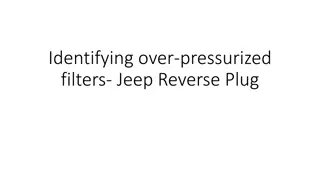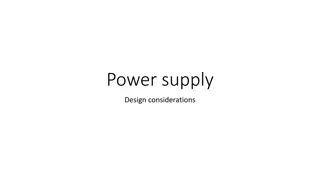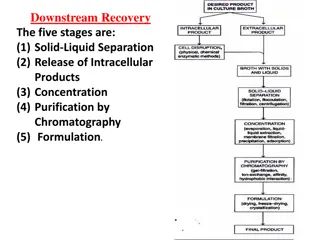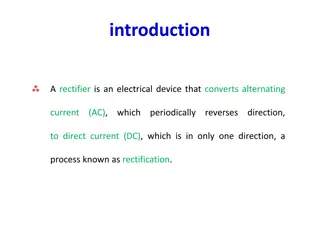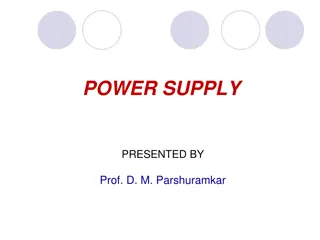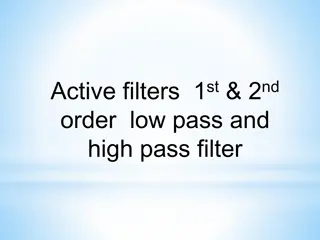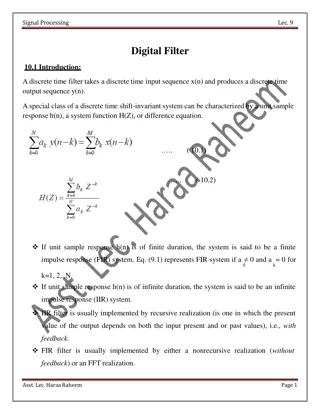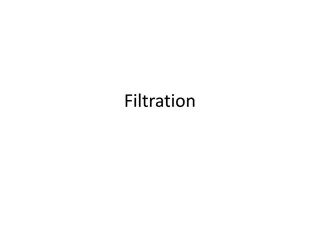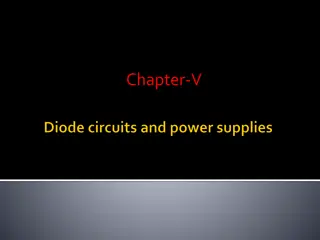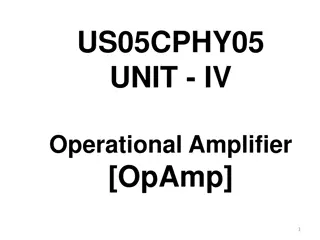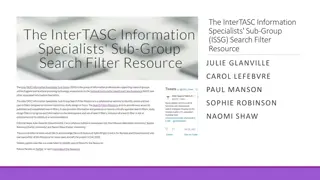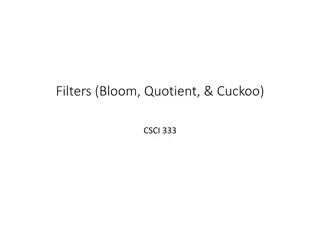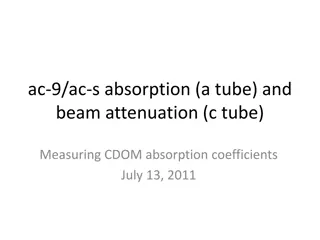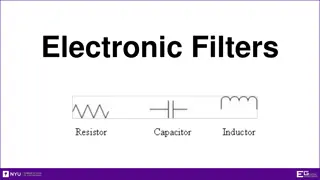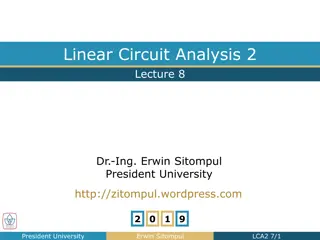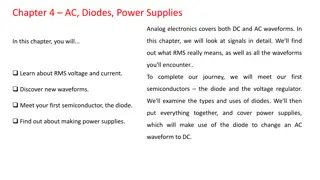Understanding Rectifiers, Filters, and Regulators in Power Supplies
Explore the basics of rectification, types of rectifiers, and the role of regulators in power supply systems. Learn how alternating current is converted into direct current using rectifiers, and discover the significance of filters in maintaining stable output voltages. Dive into the world of regulated power supplies and waveforms to deepen your knowledge in electronics.
Download Presentation

Please find below an Image/Link to download the presentation.
The content on the website is provided AS IS for your information and personal use only. It may not be sold, licensed, or shared on other websites without obtaining consent from the author. Download presentation by click this link. If you encounter any issues during the download, it is possible that the publisher has removed the file from their server.
E N D
Presentation Transcript
Rectifiers, Filters and Regulator Marks 16 Visit for more Learning Resources Visit for more Learning Resources
Basic Block Diagram of Regulated power Supply
Wave forms at various points in a Regulated power supply
Rectification Rectification is a process of converting the alternating quantity (voltage or current) into a corresponding direct quantity(voltage or current). The input to a rectifier is AC whereas its output is unidirectional or DC.
Rectifiers Rectifier is an electronic device which is used for converting an alternating quantity (Voltage or current) into unidirectional i.e. DC quantity (Voltage or current). Block diagram of Rectifier:
Need of Rectification Every electronic circuit such as amplifiers, needs a DC power source for its operation. This DC voltage has to be obtained from AC supply. For this the AC supply has to be reduced () Stepped down first using a Step down transformer and then converted to dc by using rectifier.
Full Wave Rectifier (Center Tapped Transformer)
For more detail contact us For more detail contact us


